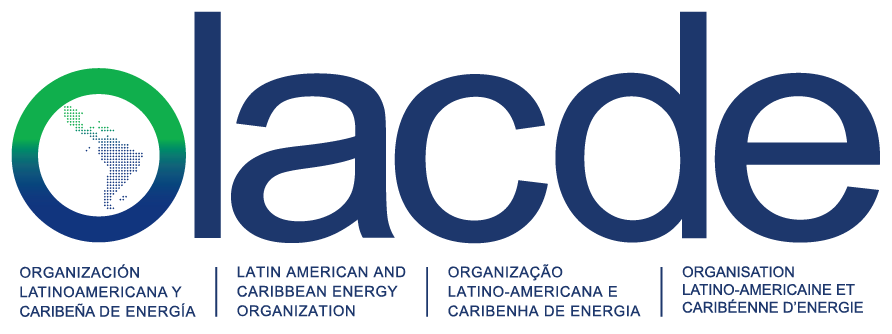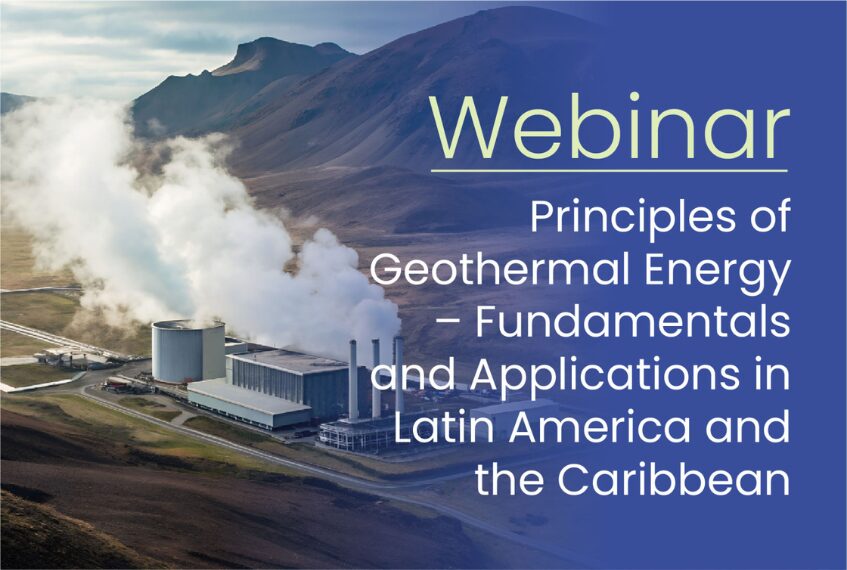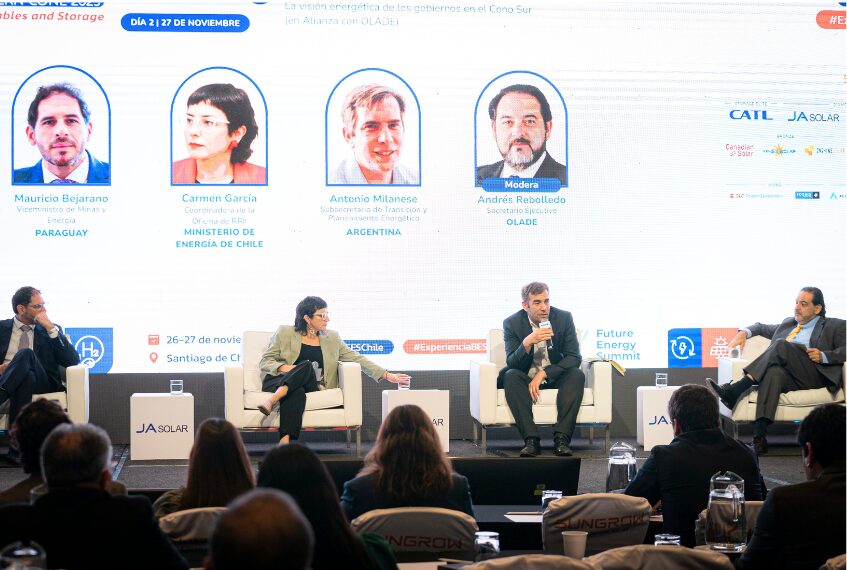The city of Lima hosted the Second Regional Methane Summit of Latin America and the Caribbean on July 23 and 24. This event became a landmark on the regional climate calendar, bringing together high-level ministerial authorities, energy sector representatives, multilateral organizations, and international experts to discuss concrete solutions for reducing methane emissions one of the most potent greenhouse gases.
The summit was organized by The Latin American and Caribbean Energy Organization (OLACDE), the Development Bank of Latin America and the Caribbean (CAF), the Global Methane Hub (GMH), the Ministry of Energy and Mines of Peru, and the International Energy Agency (IEA).
During the opening session, Peru’s Vice Minister of Electricity, Iris Cárdenas, emphasized that one ton of methane is equivalent to the impact of 28 tons of CO₂. Controlling these emissions, she stated, is a cost-effective strategy for meeting the goals of the Paris Agreement, protecting public health, and fostering a low-emission economy. She also reaffirmed Peru’s commitment to developing natural gas as a transitional energy source.
Marcelo Mena, CEO of the GMH, highlighted that Latin America and the Caribbean lead the world in renewable energy penetration and have a growing number of companies committed to methane measurement and reduction. He warned that climate change increases global economic risks: “As temperatures rise, the world becomes less insurable.”
Santiago Rojas, CAF’s Regional Manager, praised the establishment of the Methane Emissions Observatory as a key tool to help consolidate regional commitments to emissions reduction.
Andrés Rebolledo, Executive Secretary of OLACDE, noted that although Latin America accounts for only 5% of global natural gas production, the region is responsible for 30% of energy-related methane emissions from oil and gas. He emphasized the strategic role of natural gas and the importance of advancing energy integration through existing infrastructure, such as the 70,000 kilometers of regional gas pipelines.
The summit featured 11 thematic panels, with over 40 speakers and representatives from 22 countries. Discussions included financing mechanisms for methane mitigation, the development of biomethane as a decarbonization alternative, regulatory frameworks, and the current status of NDCs within the context of climate negotiations.
Successful case studies from companies, governments, and public-private partnerships were also shared, focusing on technologies and policies for the measurement, reporting, and verification of emissions.
At the closing session, Gastón Siroit, Director of Methane Emissions Observatory (OEMLAC), called for greater collaboration among governments, parliaments, academia, multilateral organizations, and the private sector:
“Collective commitment was key to the success of this summit. We must keep these shared efforts alive and continue driving an agenda that links regulation, financing, data, and technological innovation as pillars of sustainable development.”
With the conclusion of this summit, the region moves forward with greater strength toward a coordinated climate action strategy, with methane mitigation as a strategic lever to accelerate the energy transition and strengthen regional resilience.





